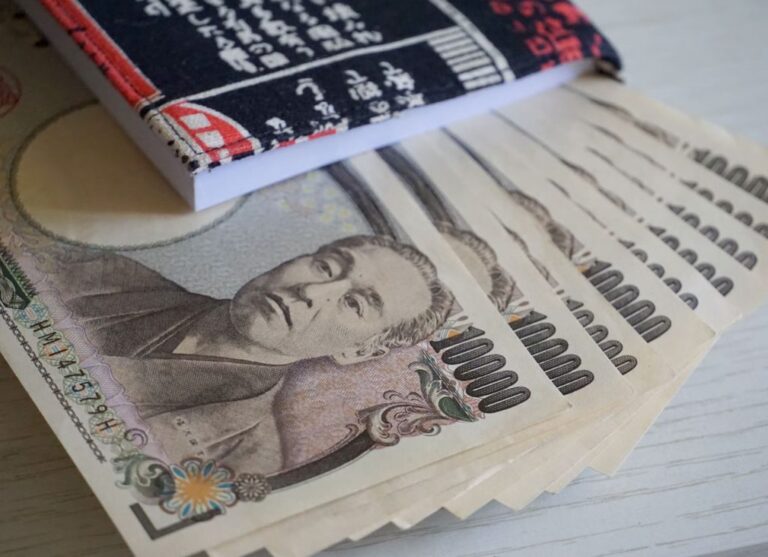
Niche Opportunities in Foreign Exchange
Discussion and Analysis by Charles Porter:
Unexpected events that are endogenous to currency systems and the macroeconomy are difficult to forecast accurately. However, their manifestation generates considerable risk and volatility; phenomena to either seek or eschew dependent upon individual intentions and approaches to risk.
This article covers recent developments within Uzbekistan’s Som and the Chinese Renminbi.
The Uzbekistan Som:
Uzbekistan gained formal independence from the former Soviet Union in 1991. As the national sovereignty and independence of the nation matured, the calls to generate a more equitable and market-based system have grown stronger. This progression has been enhanced by a turnover of state office from the non-contested long-standing leadership of Islam Karimov last year. Since the millennium, prices have become gradually less stable and have followed an almost exponential-looking curve.
Whilst a market-based system may be argued by some to create an inequitable and exploitative system, flexible and floating exchange rates are certainly an inherent characteristic of capitalism. The equitability of flexible exchange rates means that a clearing rate of a currency’s supply and demand will determine the international parity of exchange rates. Therefore, equitability is derived from the non-state determined privileging of importers over exporters.
The peg to the United States’ Dollar has been gradually weakened, allowing the equilibration of the exchange rate to take hold slowly. This reduces any sudden shock to the economy and allows individuals and citizens to adjust to the change. However, last week, a complete cessation of the Uzbek central bank’s support occurred. This lead to an intraday, immediate, depreciation of the exchange rate against the US dollar of almost 50%.
Pegged exchange rates are becoming less and less common due to a one-way entropy; almost a telos of capitalism. However, when a peg is either initiated or released by the actions of a government and central bank, extreme currency market fluctuations are likely to prevail. Opportunities to exploit such changes are apparent, however, the concealed and secretive polities within which they occur usually insulate any discourse that would reveal unpegging intentions.
The Chinese Renminbi:
A polarised story has unfurled within the Chinese Renminbi. There are accusations that the value of the Chinese currency is unfairly and artificially suppressed. The suppression of the value of the Renminbi should make domestic (Chinese) exports appear more competitive by reducing their nominal value within other currency systems. This does have the effect of raising the price of imports, however, should the marginal propensity to import be low, outflowing capital controls be high, or a domestic economy be self-sufficient, the trade-off that the aggregate economy faces may lean in favour of a depressed currency.
A persistent strengthening of the Reminbi against the Dollar in recent months has undermined China’s exporting-stimulus. This trend was insured against by increasing the capital requirements of institutions holding short forward (downwards speculative) trades within the Renminbi. This effectively makes the duration within which the forward trade is held more expensive to the firm or individual holding the right to it.
In the final trading hours of last week, two conjoining state rules aimed at preventing negative speculation were dropped. This made capital outflows and speculation more attractive, thereby inducing a sharp spike in the USD/CNY exchange rate. Specifically, we saw a weakening of the Renminbi by around 0.8% almost instantaneously.
The retraction of these requirements induced two opposing currency forces. Firstly, favouring a strengthening of the currency, it signalled the end of state fears of capital flight and speculative currency depreciation. Secondly, and inversely, it facilitated capital flight and speculation, threatening to devalue the Renminbi. The net effect was a devaluation, which is not necessarily harmful to the Chinese economy for reasons mentioned above.
Regulatory loosening and the removal of capital requirements for downside speculation partially liberalises the exchange rate to move freely. However, the currency reserves of the Chinese central bank suggest that the power to restore and stabilise the currency at a given level is immense. These kinds of change provide opportunities to capitalise upon exchange rates that are, however, difficult to predict and sometimes entirely unforeseeable.

The spike in the exchange rate is visible immediately before the end of trading hours on Friday. The upward spike represents a strengthening of the US Dollar and weakening of the Chinese Renminbi in excess of 0.77%.
Related Insights

Morning Brief – Japanese Yen
Japanese Yen With JPY at a new 34 year low versus EUR, the market is set for an ambush by the Bank of Japan if it acts today at the end of their Policy Meeting to support the Yen. The reason that the market is susceptible is because it has convinced itself that the BoJ […]

Morning Brief – Coalition
Coalition This briefing is about South Africa and the Rand, which frequently proves to be one of the more divisive subjects within our roster of currencies. In particular, with the election looming, this will be about South African governance. Not from a political or human perspective about what may be the best long term outcome […]

Morning Brief – US Tariffs on Chinese Imports
US Tariffs on Chinese Imports Recently we wrote about how Mexico has become the Number One trade partner for the USA. It now transpires that Mexico may have had what is known as a little assist with their numbers: the statistics for the number of 20 foot shipping containers for the first three Quarters of […]


 Humphrey Percy
Humphrey Percy Charles Porter
Charles Porter